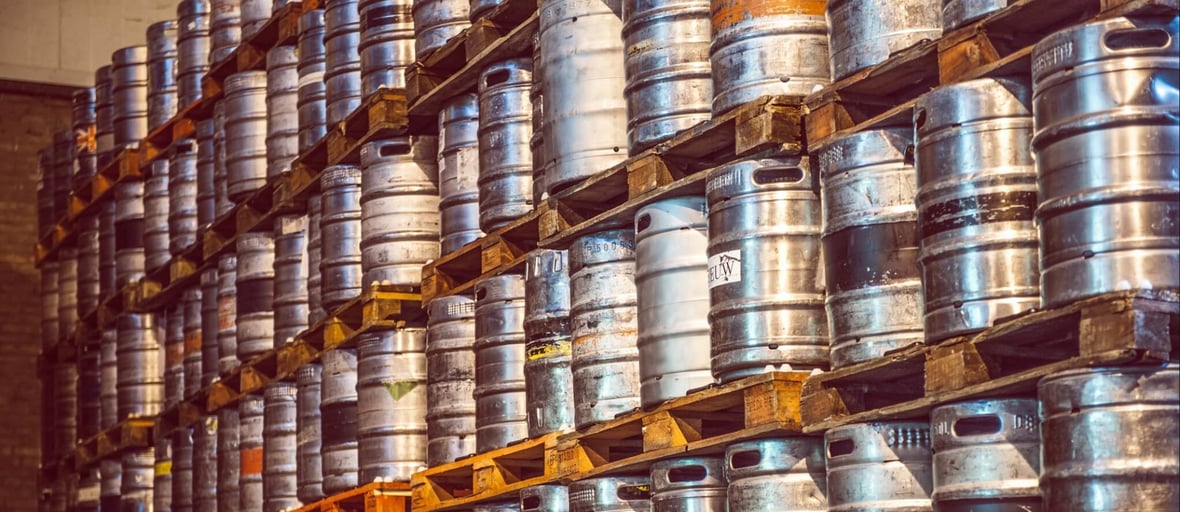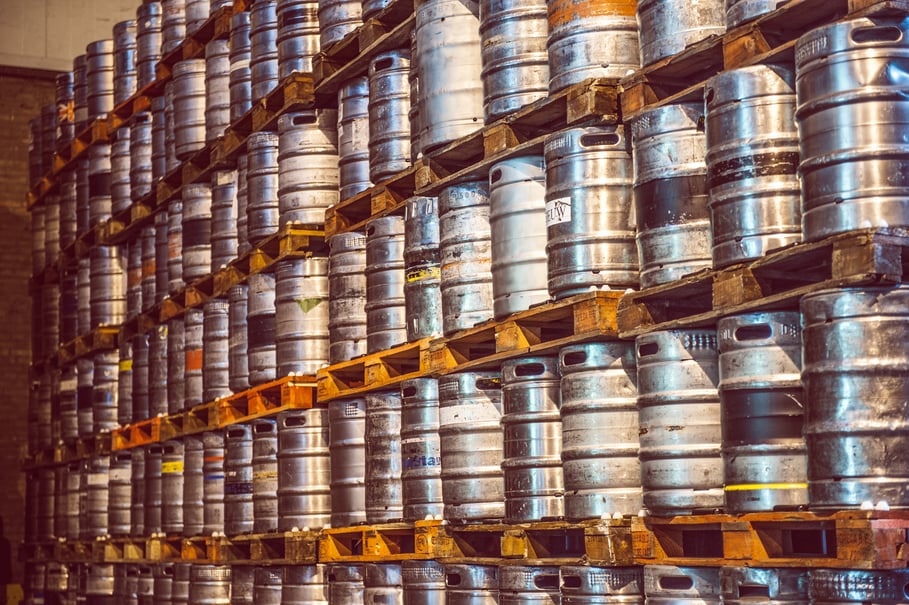
Marketing in the Brewing Industry: AMA Denver Takeaways
April 21, 2017
By Paul Schmidt

It’s easy for b2b agency marketers to caught up in producing content for traditional b2b industries. However, sometimes it is useful to look to other industries and see what is happening for new insights. So, I decided to leverage my interest in beer and see how the brewery industry is marketing itself.
Craft brewers came together at AMA Denver in March to discuss marketing tactics and strategies in the booming beer industry. Though the industry continues to see robust growth, new and existing craft breweries face a host of challenges in getting in front of the customer.
Here are 5 key takeaways from the AMA event:
- Competition continues to be a major challenge for breweries: The fight for shelf space can make or break packaged beer sales. As more breweries come on the market, marketing and sales both need to work harder and smarter to see revenues through liquor stores. The key to success in gaining more shelf space is through building relationships with the store owners and being present. Shannon Berner, from Great Divide Brewing, talked about how actively doing promotions (like tastings and 6-pack discounts) was one way to keep top of mind for local liquor stores.
Competition is also present in restaurants and bars. With only so many taplines, breweries have to figure out how to replace another brewery's existing tapline. Pay to play, in which breweries incentivize bars or liquor stores to carry their beer, is pervasive in the industry—mainly from macro-brewers but nevertheless seen with smaller breweries. Even though it is an illegal practice, breweries still use this tactic to beat out their competition. - Creative storytelling and branding play a large role in connecting with your customer: Breweries use creative storytelling to show the human side of their brand. Tristan from Ratio Brewery, for example, uses content marketing to share these types of stories on PorchDrinking.com, an active craft beer publication. These narratives are told through social media as well as through the beers they produce. Breweries that invest in branding are able to stand out from the thousands of other craft breweries; Modern Times, Wicked Weed, and Trillium are just a few that can command a premium, not only because of their great beers but also because of their unique brands.
- Marketing ROI metrics are hard to gather: The only way to determine success of any marketing campaign is with clear metrics to measure the outcomes of your initiatives. Defining success for marketing campaigns is a challenge in the brewing industry because most sales come through bars or liquor stores (i.e., offline channels). ROI assumptions are made when showing how a digital campaign led to an increase in sales of a specific beer. Berner discussed a recent successful Yeti campaign that increased website traffic by 56 percent and a multifold increase in sales during the campaign.
- Small breweries are seeing the most success by focusing on their regional market: Jesse Brookstein, from Call to Arms brewing, discussed how they are able to connect with the target audience by keeping a tight focus on the local community instead of trying to appear as a massive brewery.Specifically, his company works with a local bakery and deli to offer locally sourced food to their customers. In contract, large breweries struggle to replicate this authentic local experience.
- Event marketing and social media are key channels for growth: Beer festivals and in-store tastings are primary ways that breweries build awareness. However, it is challenging for brewers to stand out at beer festivals as there are typically tens of other breweries pouring their own beers. Therefore, brewers need to find other types of events, besides festivals, to get in front of the consumer.
Social media advertising (both organic and paid ads) is one powerful channel that all of the breweries on the panel are using to promote their newest release or upcoming events. For paid ads however, breweries have to walk a fine line. For example, to get ad approval from Facebook specifically, breweries aren’t allow to show favoritism toward a specific location pouring their beer. In these instances, the key to success is focusing on promoting your beer without discussing venues.
In closing, with talk of the beer industry bubble bursting, industry consolidation will happen at some point; however, because of the increased demand from consumers for unique craft beers, these breweries didn’t feel threatened by this happening anytime soon.


About the author
Paul Schmidt is a director of services strategy at SmartBug Media. He previously worked at HubSpot, helping develop inbound strategies for over 200 clients. His past clients include: Travelers Insurance, Unilever, and the SABIAN Cymbal Company. Paul studied percussion in Las Vegas and got his MBA in marketing in Boston Read more articles by Paul Schmidt.








